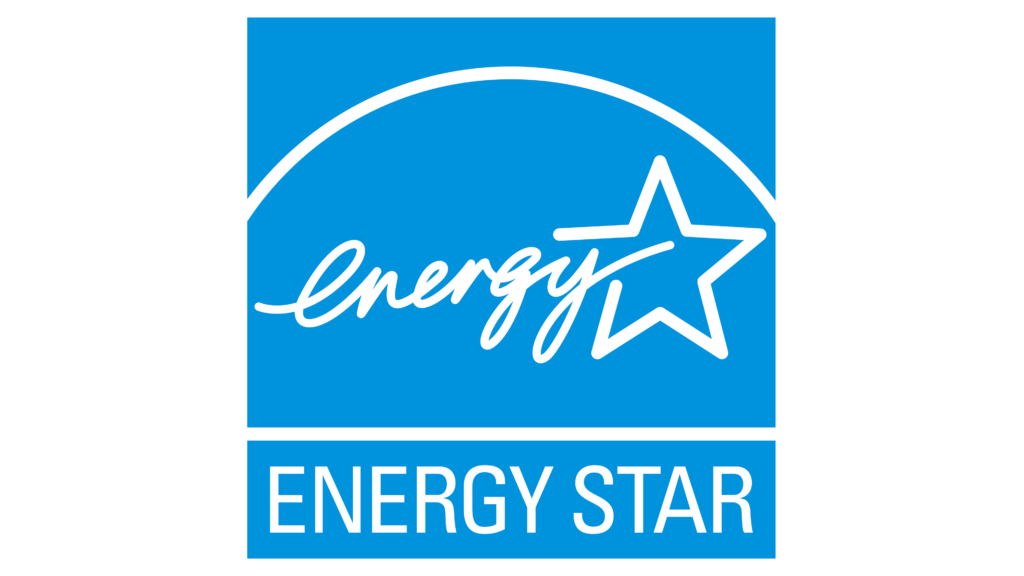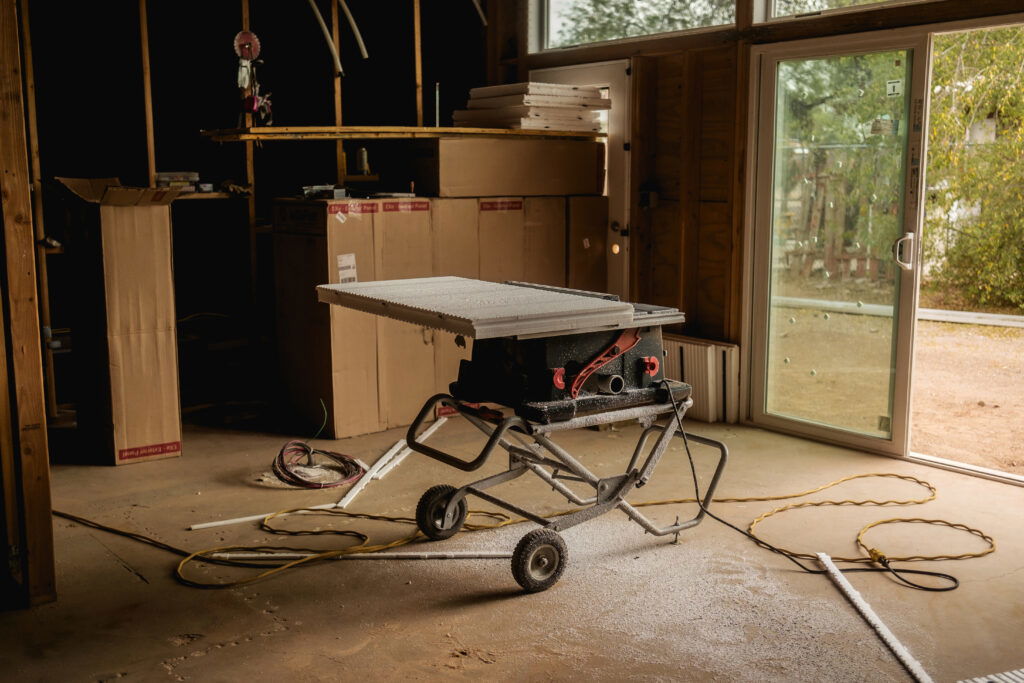Building for the Future: How InSoFast Panels Are Revolutionizing Home Efficiency in Harsh Climates
Building for the Future: How InSoFast Panels Are Revolutionizing Home Efficiency in Harsh Climates
In Tucson, Arizona, where scorching summers claim lives and energy costs soar, builder David McGann is proving that retrofitting homes with InSoFast panels can slash energy use by 80%. His Amalia House project—a stucco home transformed into a high-efficiency, solar-ready passive house—shows why we must stop building cheap, temporary housing and start future-proofing homes for extreme climates.
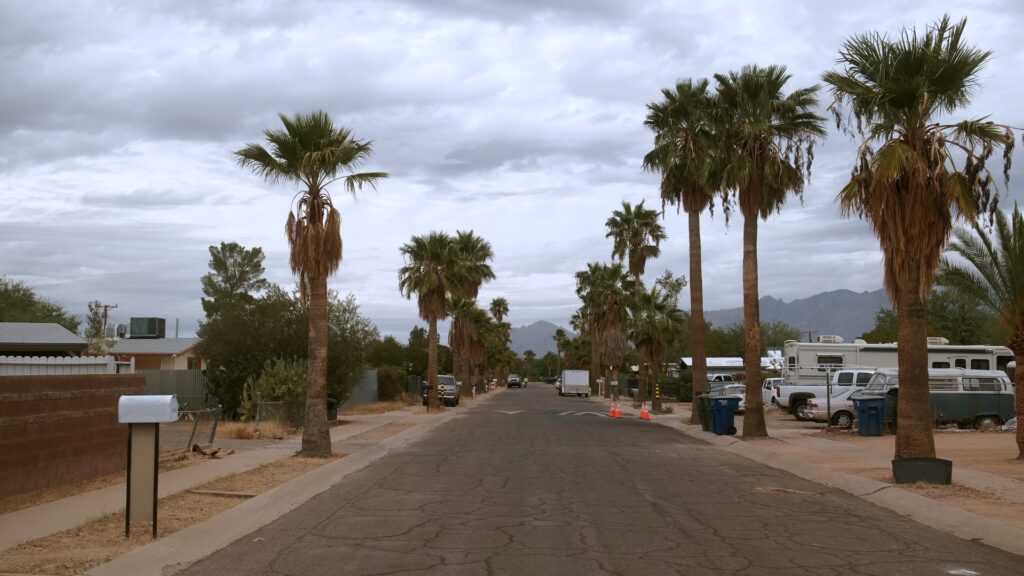
“It’s not about creating more energy, even if it’s clean energy—it’s about needing less energy.”— David McGann, Tucson, AZ
Meet David McGann, PHIUS Certified Builder
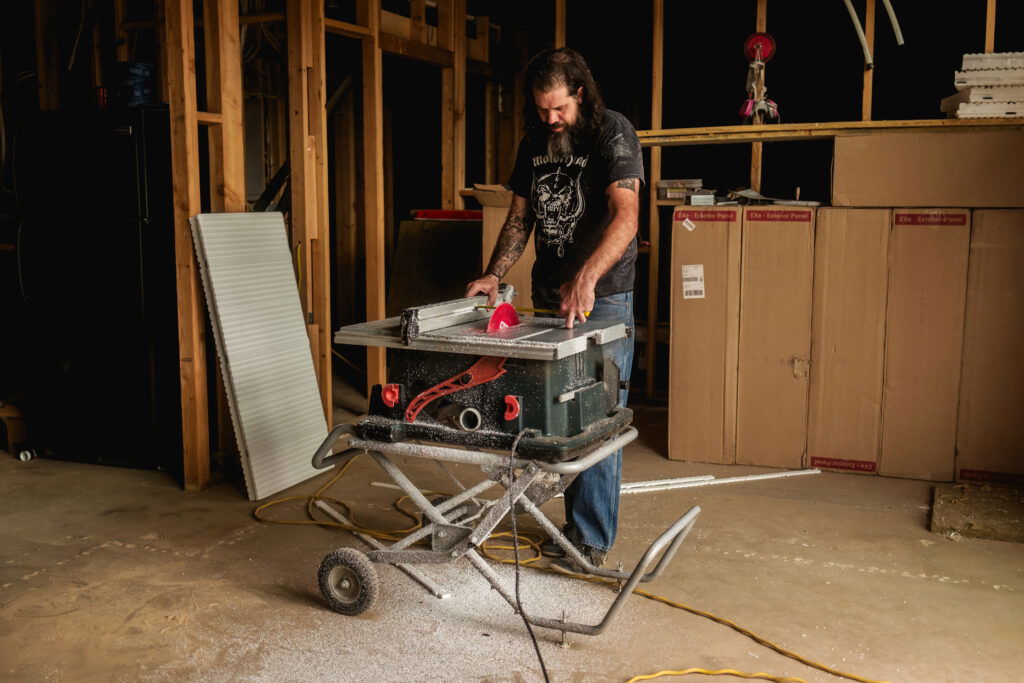
As temperatures soar and energy costs climb, the way we build (and retrofit) homes must change. David McGann, a PHIUS-certified builder and advocate for sustainable housing, walks us through his Tucson, Arizona retrofit project—The Amalia House—where summer temperatures exceed 100°F and heat-related deaths are tragically observed.
His solution? InSoFast’s Exi 2.5 InSoFast Panels, installed directly over his home’s stucco exterior to create a high-performance, weatherproof, and solar-ready passive house.
Here’s why his story matters—and how InSoFast is paving the way for a smarter, more resilient future.
The Crisis: Cheap Housing vs. Climate Reality
David didn’t set out to be a traditional homebuilder. After leaving corporate America in 2008, “a funny time to get into construction,” he shifted his focus to ethical, sustainable building practices—ones that actually benefit people, rather than just turning a profit.
Today, he’s tackling two urgent problems:
1. The housing crisis – Cheap, flimsy builds dominate the market.
2. The climate crisis – Homes aren’t designed for rising temperatures, and extreme weather patterns.
“We actually modeled this house for Phoenix temperatures, because it’s going to get that hot within the next 15 years,” David explains. “It’s wildly irresponsible to be flipping homes in Tucson, AZ, when we know the energy costs are gonna soar.”
Key Features of InSofast’s System
– Continuous R-10 insulation – Eliminates thermal bridging, slashing energy use.
– Built-in drainage plane – Critical for moisture management, especially in harsh climates.
– Adheres directly over existing walls – No demolition needed (David uses PL Premium adhesive over stucco).
– Solar-ready design – Works seamlessly with renewable energy systems.
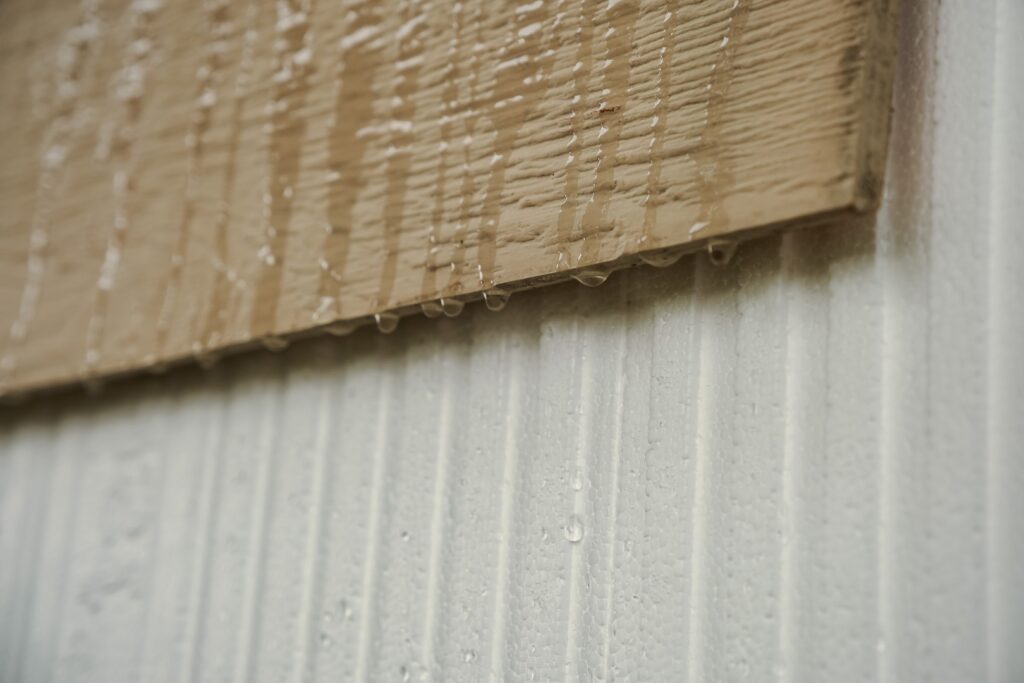
“Having a drainage plane is a huge advantage of InSoFast,” David notes.
His retrofit will use 80% less energy than a standard Tucson home—proof that efficiency beats cheap shortcuts.
Why Governments & Builders Must Act Now
The technology exists. The need is urgent. So why aren’t more homes built this way? “There’s no rush because there’s no incentive,” David says. But change is possible:
– Federal rebates – 45L Tax Credit for builders would make retrofits affordable.
– Building codes must prioritize efficiency—not just upfront costs.
There needs to be a clear reason for builders and homeowners alike to building better, regardless of cost.
You wouldn’t buy a car knowing it’ll break in a few years. Why accept that in a home?
Join the Movement: Build for the Future
InSoFast isn’t just selling panels—we’re advocating for a paradigm shift. Instead of disposable housing, we need:
Retrofits to last decades
Homes designed for future climates
Policies to reward efficiency
See David’s full project in action—
Then, take the next step:
For Builders & Contractors
→ Get PHIUS Certified : For Passive Net-Zero Builders
→ Section 45 L Tax Credit: Earn Money Back for Energy Efficient Building
→ Explore InSoFast’s full line of continuous insulation panels
For Homeowners
IRS Tax Credit : Get money back for energy efficient upgrades
The future of housing starts today. Let’s build it right.



